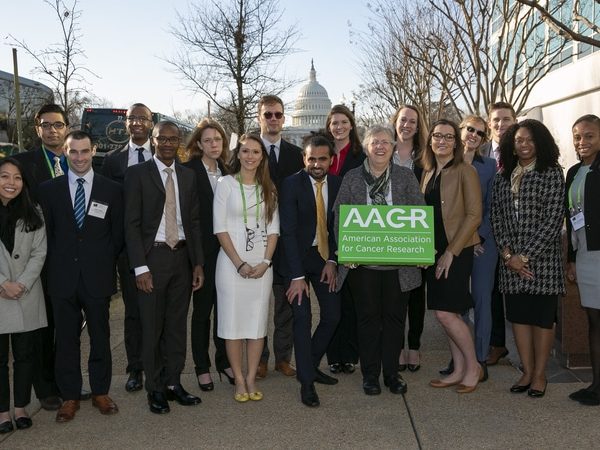Childhood Liver Cancer

Liver cancer is rare in children and adolescents. There are two main types of childhood liver cancer: hepatoblastoma, the most common type of liver cancer with incidence higher in those younger than 3 years of age, and hepatocellular carcinoma, a rarer type of liver cancer with higher incidence in adolescents aged 15 to 19 years.
Other types of liver cancer that can occur in children and adolescents include undifferentiated embryonal sarcoma of the liver, choriocarcinoma of the liver, fibrolamellar carcinoma, as well as vascular liver tumors.
Some of the risk factors for hepatoblastoma include:
- disorders related to overgrowth of some part of the body (Beckwith-Wiedemann syndrome, Simpson-Golabi-Behmel syndrome, and hemihyperplasia);
- disorders related to underdevelopment (Aicardi syndrome and trisomy 18, which is also known as Edwards syndrome);
- familial adenomatous polyposis in which hundreds to thousands of polyps develop on the inner walls of the colon and rectum;
- glycogen storage disease, which causes issues with how glucose is stored and used in the body; and
- infants born with a low weight, such as preterm or small-for-gestational-age babies.
Some of the risk factors for childhood hepatocellular carcinoma include:
- Alagille syndrome, a rare condition that causes defects in the small tubes that carry bile out of the liver;
- progressive familial intrahepatic disease in which bile builds up in the liver;
- tyrosinemia, which causes a harmful buildup of the protein building block tyrosine;
- glycogen storage disease; and
- when a mother passes a Hepatitis B virus infection to the child at birth.
Source: National Cancer Institute



